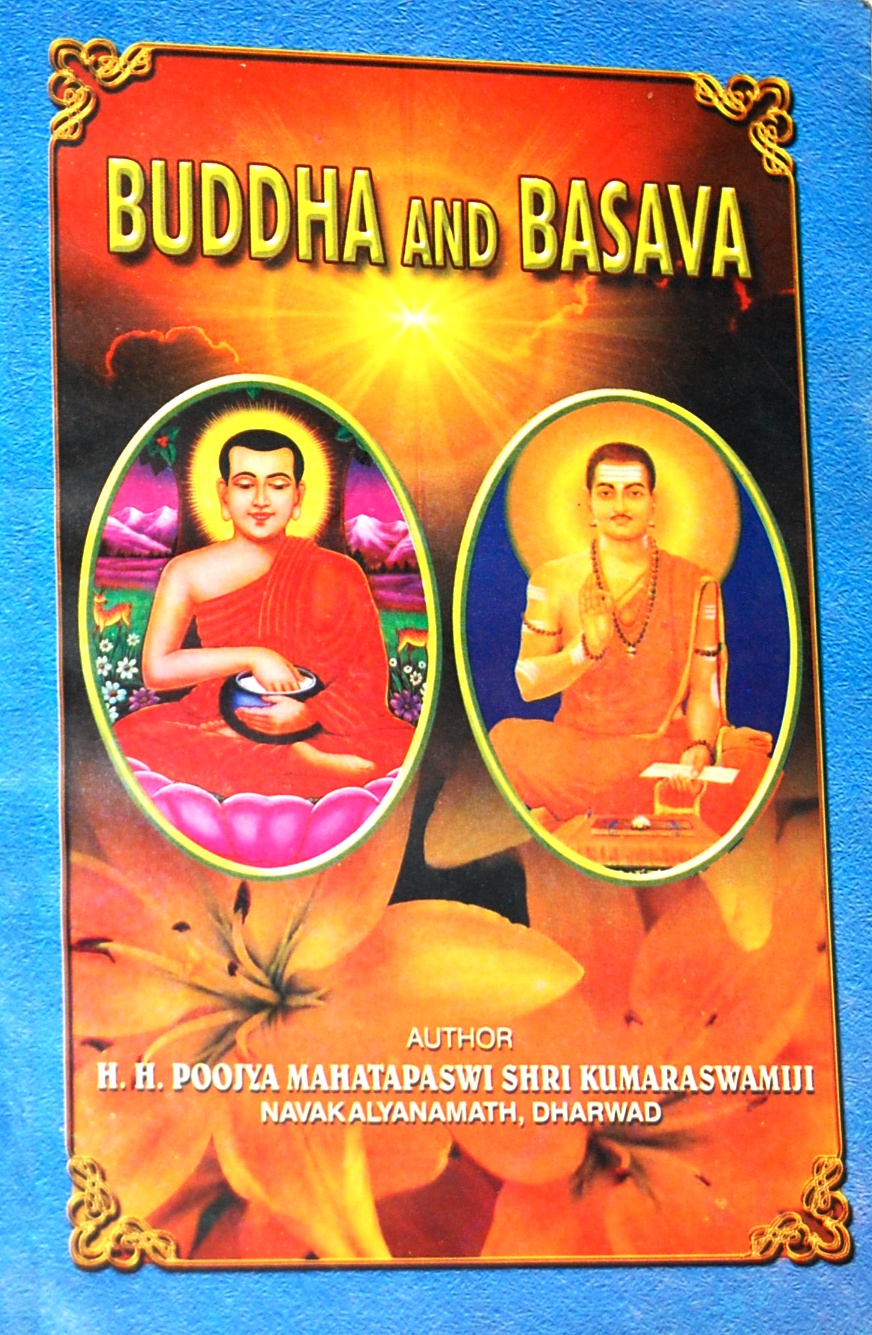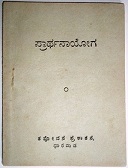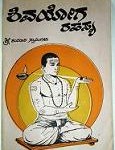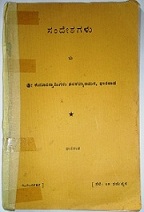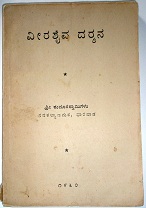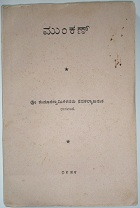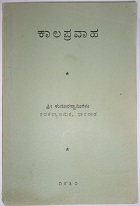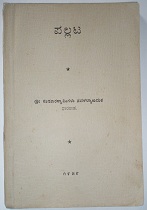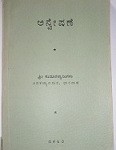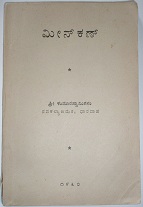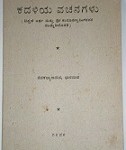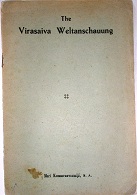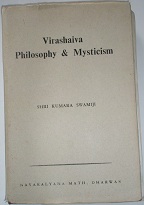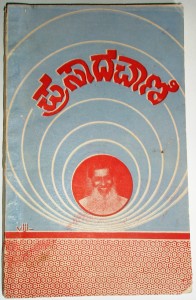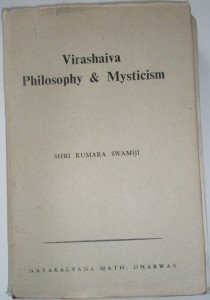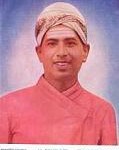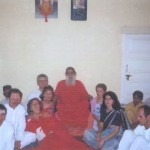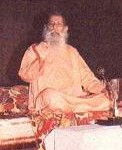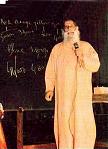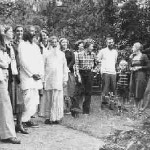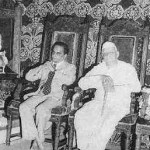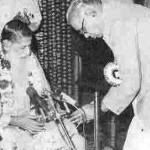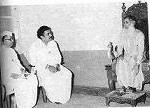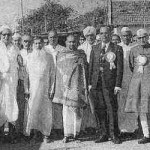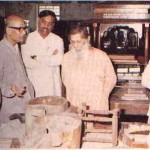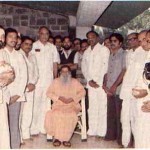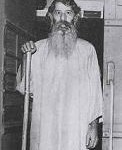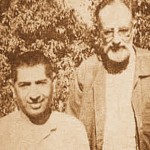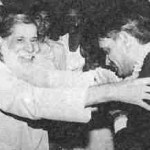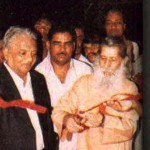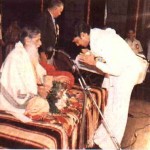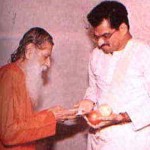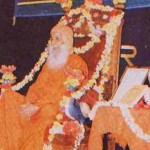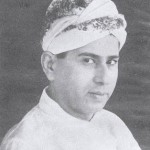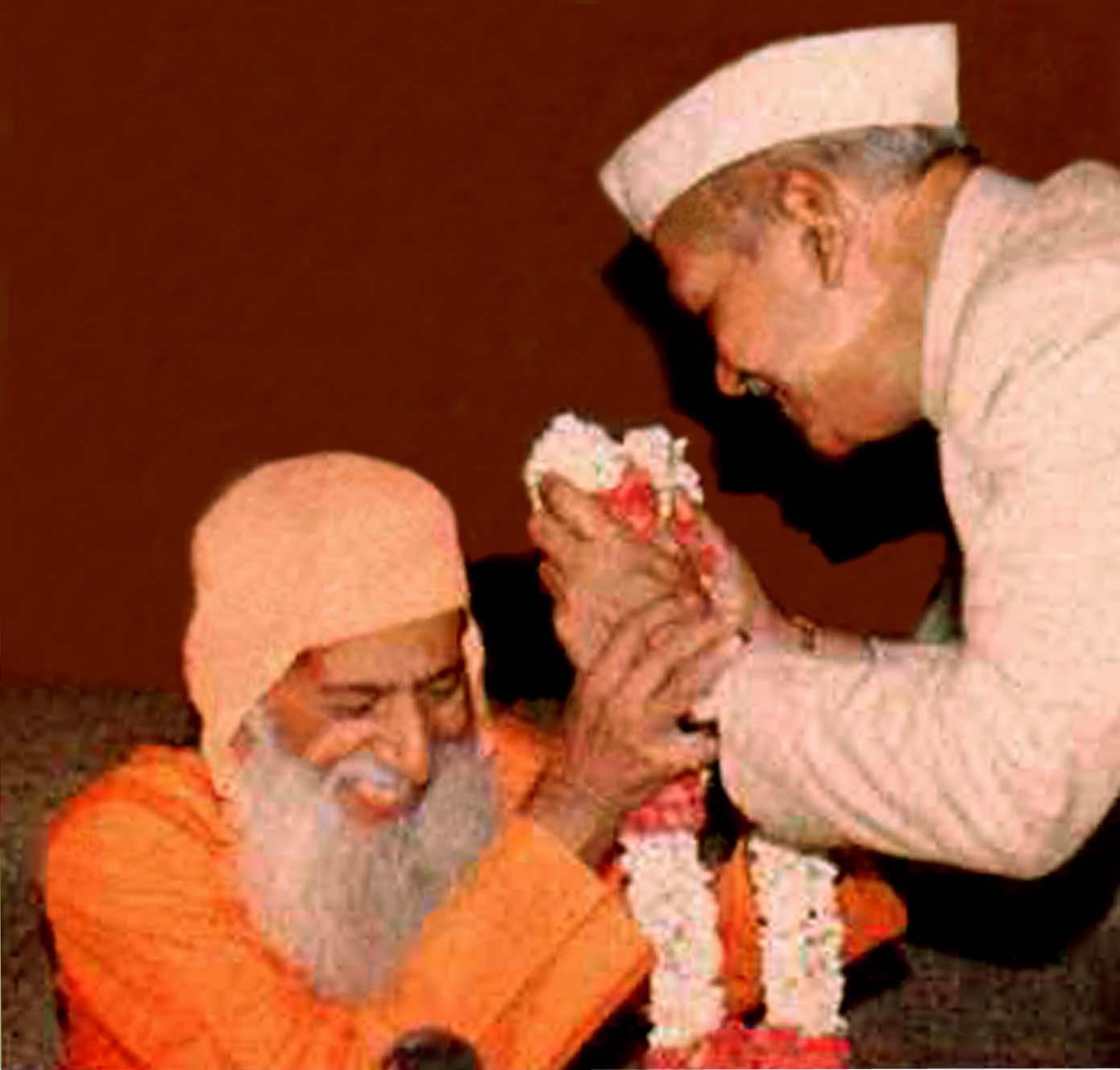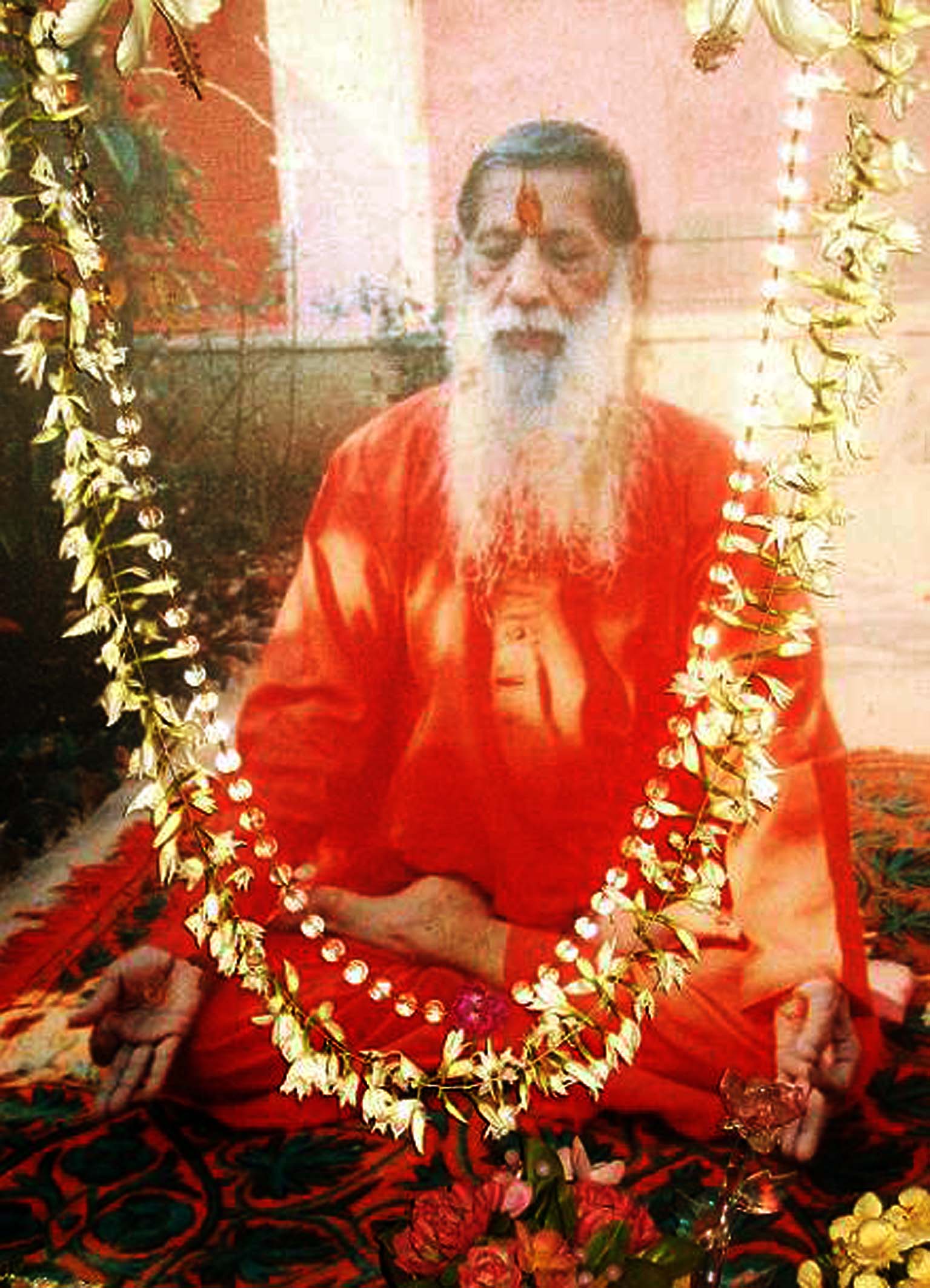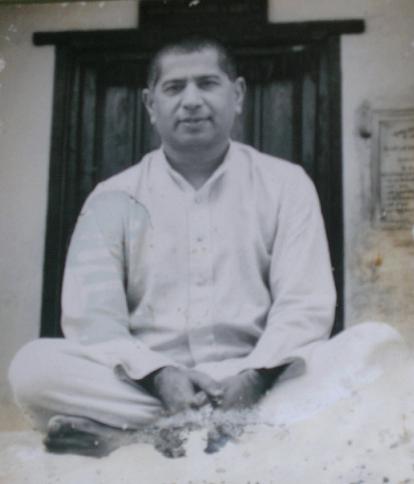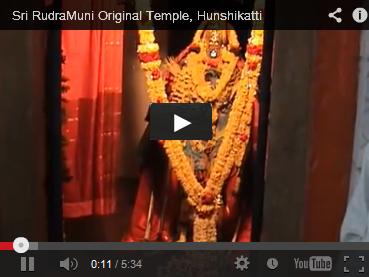Of all the saints, Prabhudeva stands out as the outstanding mystic of that epoch. His contemporary saints looked up to him with respect and reverence for spiritual guidance, enlightenment, philosophical explanations and mystical matters. Just as Socrates is the central figure of Plato’s dialogues, so Prabhu is a pivotal force, nay the Shining Sun of Righteousness, around who rotate the rest of the planets (Sharanas) of the Shunya-Sampadane. This is why it is, in fact, correct to say that the Shunya-Sampadane deserves to be called Prabhu’s Dialogues.
The Shunya Sampadane is a literary work which contains the dialogues of Allama Prabhu and other Veerashaiva saints, namely Basava, Channabasava, Marula Shankar, Madivalayya, Ayadaaki Marayya, Nuliya Chandrayya, Moligayya, Ghattivalayya, Goraksha, Akkamahadevi, Mauktayakka, Lakkamma etc. Of all the saints, Prabhudeva stands out as the outstanding mystic of that epoch. His contemporary saints looked up to him with respect and reverence for spiritual guidance, enlightenment, philosophical explanations and mystical matters. Just as Socrates is the central figure of Plato’s dialogues, so Prabhu is a pivotal force, nay the Shining Sun of Righteousness, around who rotate the rest of the planets (Sharanas) of the Shunya-Sampadane. This is why it is, in fact, correct to say that the Shunya-Sampadane deserves to be called Prabhu’s Dialogues.
The Shunyasampadane is a name to conjure with. Allama Prabhu addresses the Absolute as Shunya and he describes it as a Point without even the number one (Ondu illada binduva). The numerical, of course, represents the material emanations while the spiritual essence is represented by the Point. We are so habituated to take visible realities around us as a matter of course, and so accustomed to every variety of material form.
Imagine then a world or universe consisting entirely and absolutely of a single point, a world which possesses neither length, breadth, depth nor height. Imagine the soul being in such a world and observe what his experience would be like. His experience would amount to this: “He himself his own world, of any other than himself he forms no concept. He knows not length, breadth and height, for he is himself one and all being really nothing. He fills all space and what he fills he is, what he thinks that he utters, and what he utters that he hears, and he himself is the thinker, the speaker and the listener. He is the one and yet the all in all.”
This is the description of the Absolute as adumbrated by Prabhu in mathematical terms. Rational mysticism has clearly recognized that there is a point wherein the mystery of creation and contradictions meet; where movement is not all movement and stillness is not stillness; where the idea and the form, the within and the without are united; where the infinite becomes the finite without losing its infinity. If this point is jettisoned then things become just unreal.
At a superficial level, we are aware of the world of objects; at a deeper level, we get the existence of the self which is a condition of the world of objects; at a still deeper level, we get the Absolute which conditions even the existence of the self. Prabhu would like to convert the consciousness of the world and of individuality into the consciousness of the Absolute. But unlike Advaita he would make the world transparent in the light of the Absolute, this is Shiva-advaita. The basic idea of Shiva-advaita is the identity of God, soul and the world. The world is no illusion as in the advaita, it is absolutely real. Instead of being separated from God and the soul, the world is identical with them.
Prabhu speaks of the Absolute as the silence which is beyond the ken of the Trinity or Brahma, Vishnu and Rudra. Yes, the Absolute transcends all immanental sublimity, it is the transcendent silence. But to characterize it as silence should not make it signify the dumb inertness of nature. It is a luminous silence, the silence that resides in the heart of things. It illumines all but itself, and as an object, always eludes our grasp. This silence is the plenum of being and consciousness. It is also a delight or bliss but this delight is not the delight of a cosmic vastness. It is the delight of unfettered being and unalloyed consciousness. It is the delight of freedom. The Absolute has the sense of fullness, ever completeness and freedom. But it is fullness without content, completeness without fruition and freedom.
The mystic enters into his inmost soul and he enjoys even beyond the soul and its light, the infinite luminous silence. He who knows this knows what the Absolute is and he who knows it knows eternity. There all the usual barriers between the individual and the Absolute are overcome; and the overcoming of these barriers is a great mystic achievement. In that ecstatic state he becomes one with the Absolute and becomes aware of his oneness. This is the everlasting and triumphant mystic attainment.
This article ‘Shunya Sampadane’ is taken from various works of H.H.Mahatapsvi Shri Kumarswamiji.











